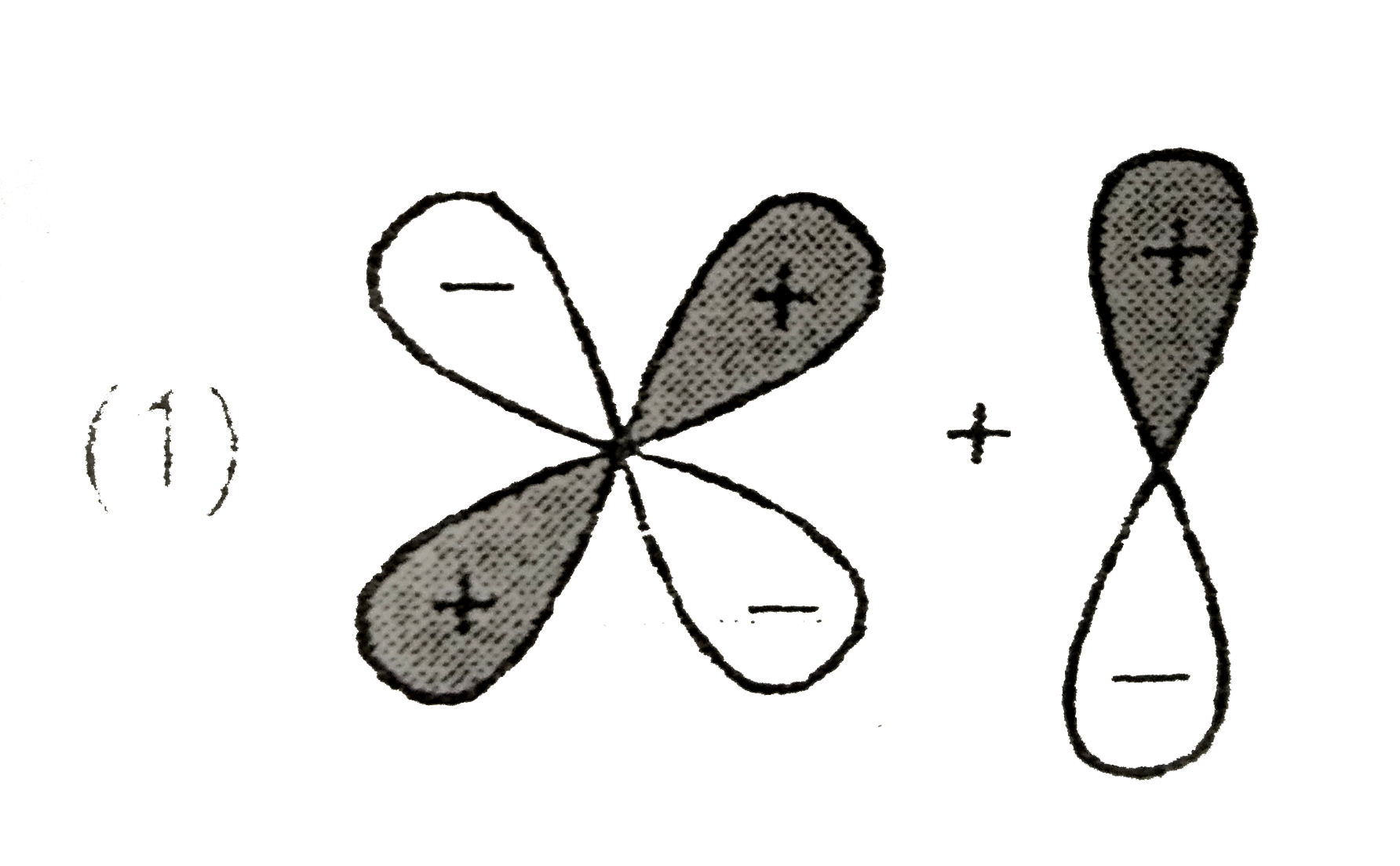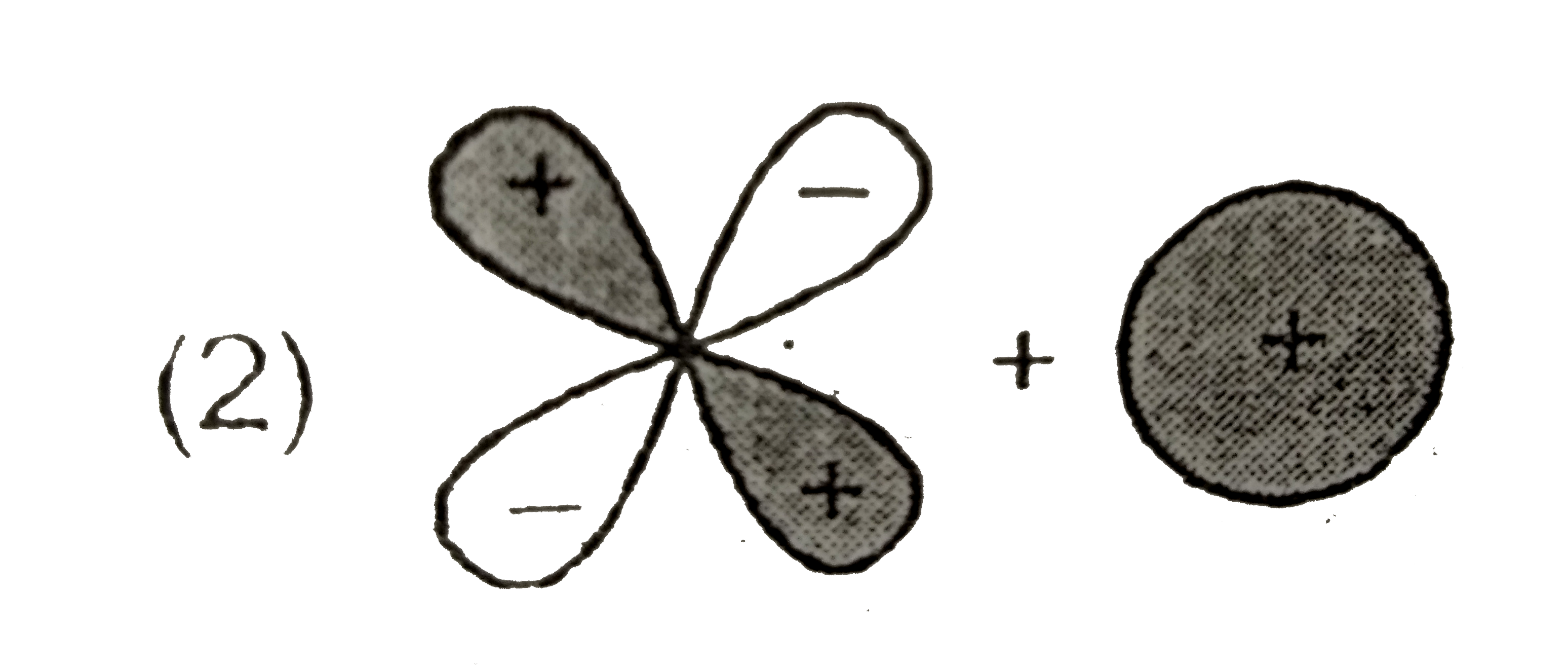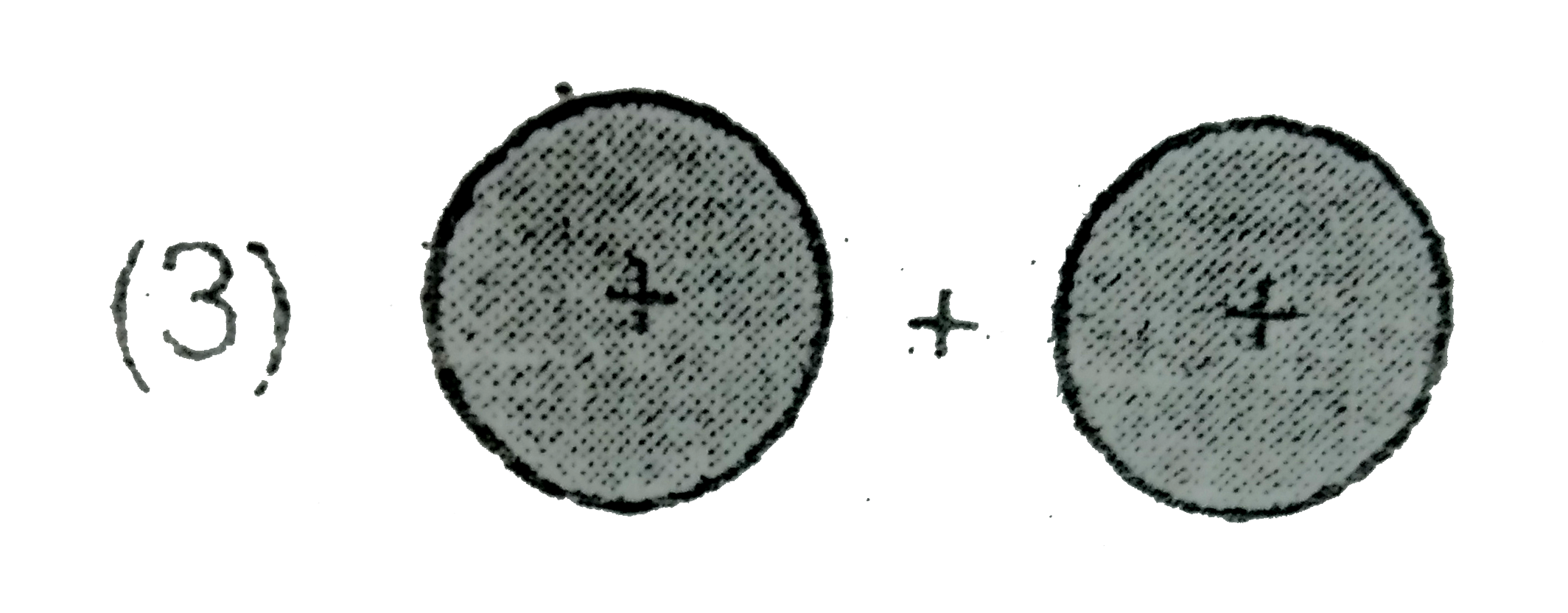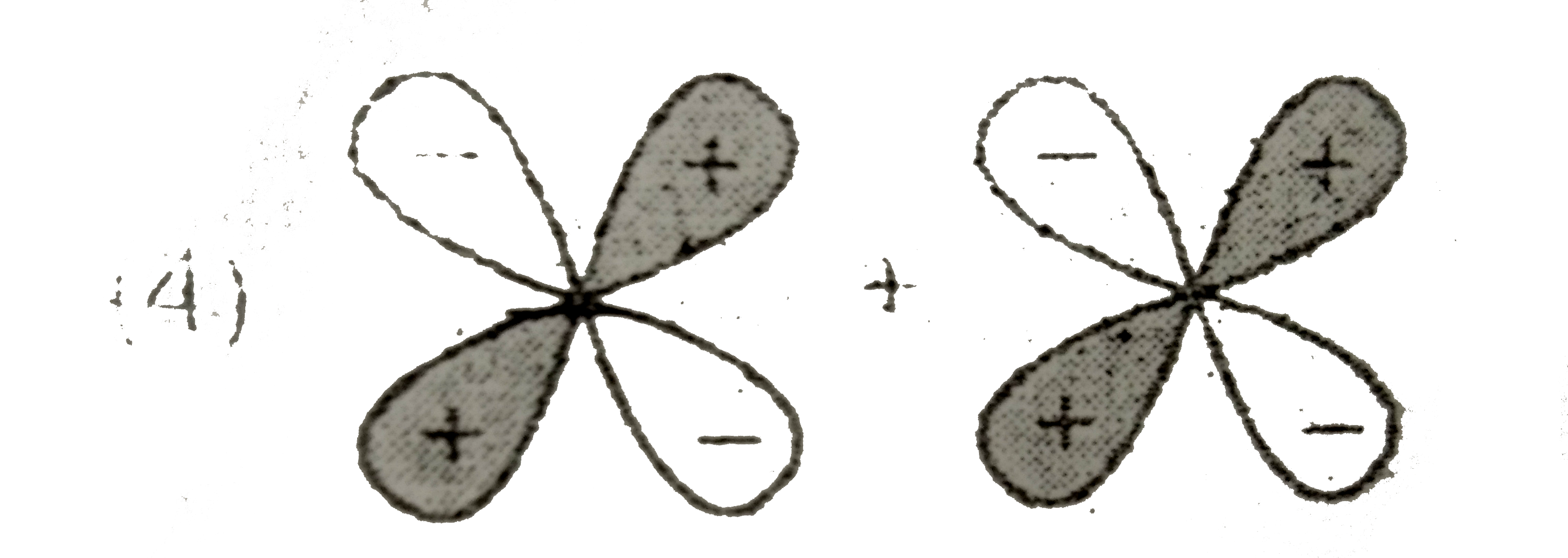Which of the following combination of orbitals will form a nonbonding molecular orbital ?




The correct Answer is:B
Step by step video, text & image solution for Which of the following combination of orbitals will form a nonbonding molecular orbital ? by Chemistry experts to help you in doubts & scoring excellent marks in Class 12 exams.
Updated on:21/07/2023Topper's Solved these Questions
- CHEMICAL BONDING AND MOLECULAR STRUCTURE Book:AAKASH INSTITUTEChapter:CHEMICAL BONDING AND MOLECULAR STRUCTURE Exercise:Assignment Section - C Objective Type Questions(More than one options are correct )
Explore 13 Videos
- CHEMICAL BONDING AND MOLECULAR STRUCTURE Book:AAKASH INSTITUTEChapter:CHEMICAL BONDING AND MOLECULAR STRUCTURE Exercise:Assignment Section - D (Linked Comprehension Type Questions)
Explore 11 Videos
- CHEMICAL BONDING AND MOLECULAR STRUCTURE Book:AAKASH INSTITUTEChapter:CHEMICAL BONDING AND MOLECULAR STRUCTURE Exercise:Assignment Section -A Objective Type Questions (One option is correct)
Explore 60 Videos
- BIOMOLECULESBook:AAKASH INSTITUTEChapter:BIOMOLECULESExercise:EXERCISE (ASSIGNMENT) SECTION - D Assertion - Reason Type Questions
Explore 5 Videos
- CHEMICAL KINETICSBook:AAKASH INSTITUTEChapter:CHEMICAL KINETICSExercise:ASSIGNMENT (SECTION D : Assertion - Reason Type Questions)
Explore 15 Videos
Similar Questions
Knowledge Check
Which of the following combination of orbitals is correct
A B
B C
C D
D
According to MOT, two atomic orbitals overlap resulting in the formation of molecular orbital formed. Number of atomic orbitals overlapping together is equal to the molecule orbital formed. The two atomic orbital thus formed by LCAO (linear combination of atomic orbital) in the phase or in the different phase are known as bonding and antibonding molecular orbitals respectively. The energy of bonding molecular orbital is lower than that of the pure atomic orbitals by an amount Δ. This known as the stabilization energy. The enerby of antibonding molecular orbital in increased by Δ' (destabilisation energy).
Q. which of the following combination of orbitals is corrects?A B
B C
C D
D
Which of the following combination of orbitals is correct ?
A B
B C
C D
D
If the z-axis if taken as the internuclear axis, then which of the following combinations of atomic orbitals is a nonbonding combination?
View SolutionIf z-axis be the internuclear axis, which of the following combination of orbitals would not form π-bond?
View SolutionMolecular orbital theory as developed by Hund and Mulliken concerns with the formation of molecular orbitals formed by linear combination of atomic orbitals. The electrons are present in these molecular orbitals. The molecular orbitals are filled. The molecular orbital configuration helps us to calculate bond order which gives information about the number of bonds present between atoms. The bond order is related to bond length and bond strength.
Which one of the following does not have single electron in a bonding molecular orbital?
View SolutionAccording to MOT, two atomic orbitals overlap resulting in the formation of molecular orbital formed. Number of atomic orbitals overlapping together is equal to the molecule orbital formed. The two atomic orbital thus formed by LCAO (linear combination of atomic orbital) in the phase or in the different phase are known as bonding and antibonding molecular orbitals respectively. The energy of bonding molecular orbital is lower than that of the pure atomic orbitals by an amount Δ. This known as the stabilization energy. The enerby of antibonding molecular orbital in increased by Δ' (destabilisation energy).
Q. Which of the following statements is not correct regarding bonding molecular orbitals?
View SolutionMolecular orbital theory is based on linear combination of atomic orbitals (LCAO). According to LCAO when respective atomic orbitals of the atoms interact, they undergo constructive and destructive interference giving rise to two types of molecular orbitals, that is, bonding and antibonding molecular orbitals.
If z is the molecular axis then which of the following overlapping results in non-bonding molecular orbital?
View Solution